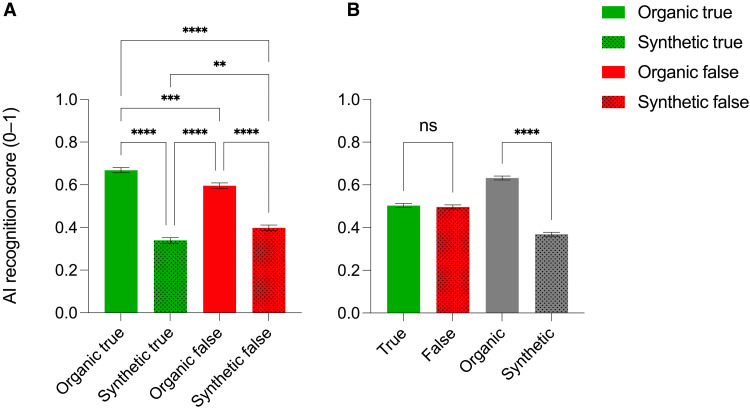Fig. 3. Human respondents cannot distinguish organic versus synthetic tweets but recognize their origin better when they are generated by Twitter users.
(A) AI recognition score for organic true (green bars), synthetic true (green dotted bars), organic false (red bars), and synthetic false (red dotted bars) tweets. AI recognition score (0 to 1) indicates the probability that human respondents can identify whether a tweet is produced organically (i.e., by a Twitter user) or synthetically (i.e., by GPT-3). Human respondents recognize whether organic true tweets are organic or synthetic tweets more effectively than all other type of tweets, whereas synthetic true tweets are recognized correctly the least. (B) Human respondents cannot predict whether true or false tweets (i.e., accurate tweets or disinformation tweets, green versus red bars) are produced by Twitter users or by GPT-3, and the truthfulness of the information does not have an impact on the AI recognition score. Regarding organic versus synthetic tweets (grey versus grey dotted bars), human respondents recognize whether tweets are generated by humans or GPT-3 better when they are organic (i.e., generated by Twitter users), when compared with synthetic tweets (i.e., generated by GPT-3). The AI recognition score (0 to 1) is the average score for all 697 respondents (1, 100% correct answers; 0, 0% correct answers); ordinary one-way ANOVA multiple-comparisons Tukey’s test, n = 697; ns, P > 0.05; **P < 0.01, ***P < 0.001, and ****P < 0.0001. Bars represent SEM.

